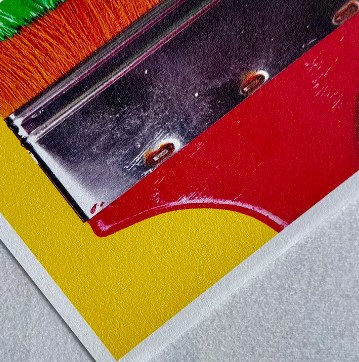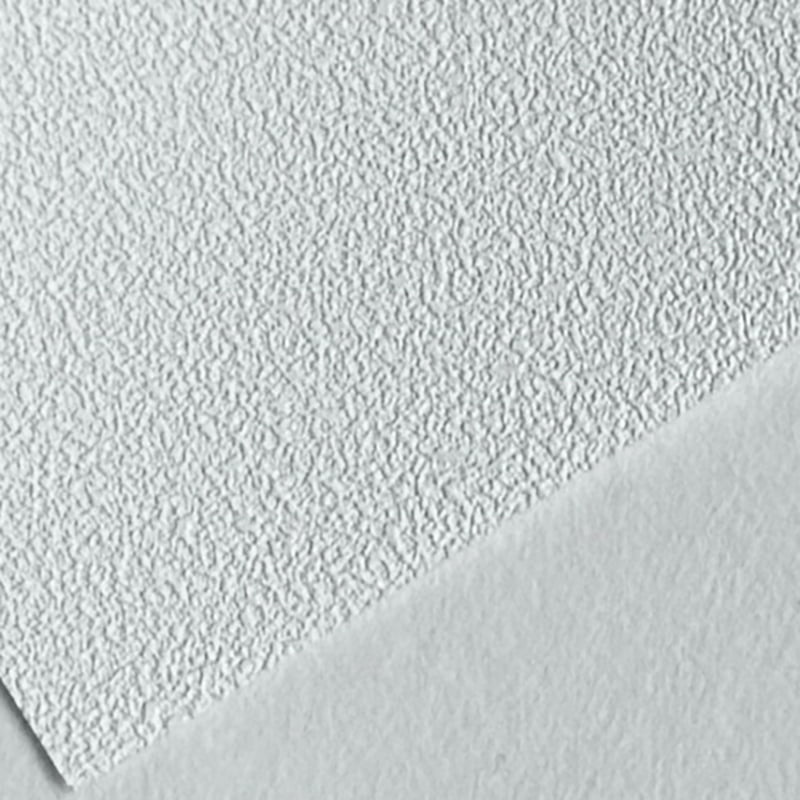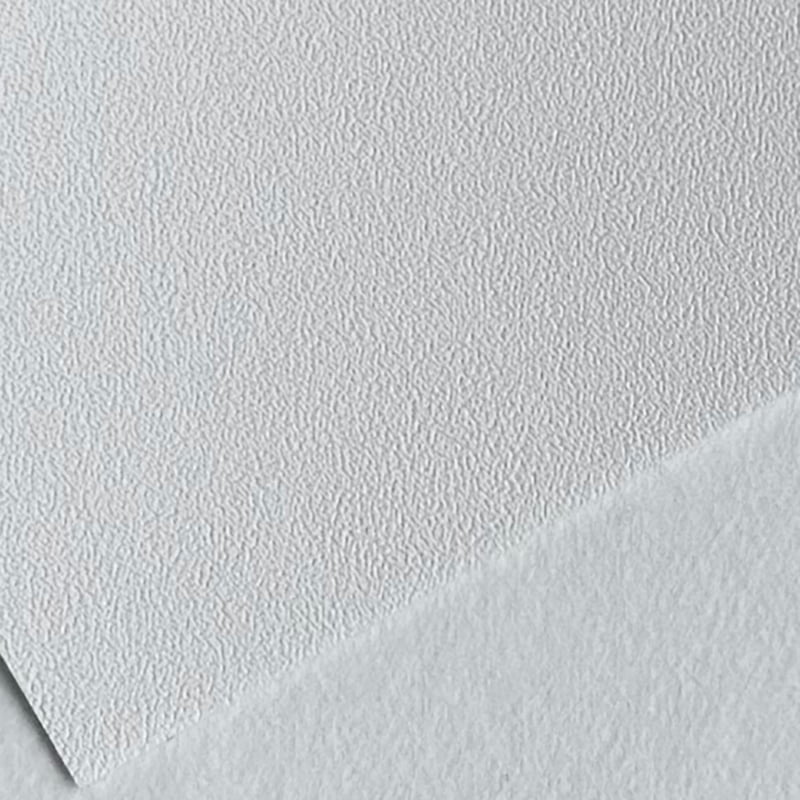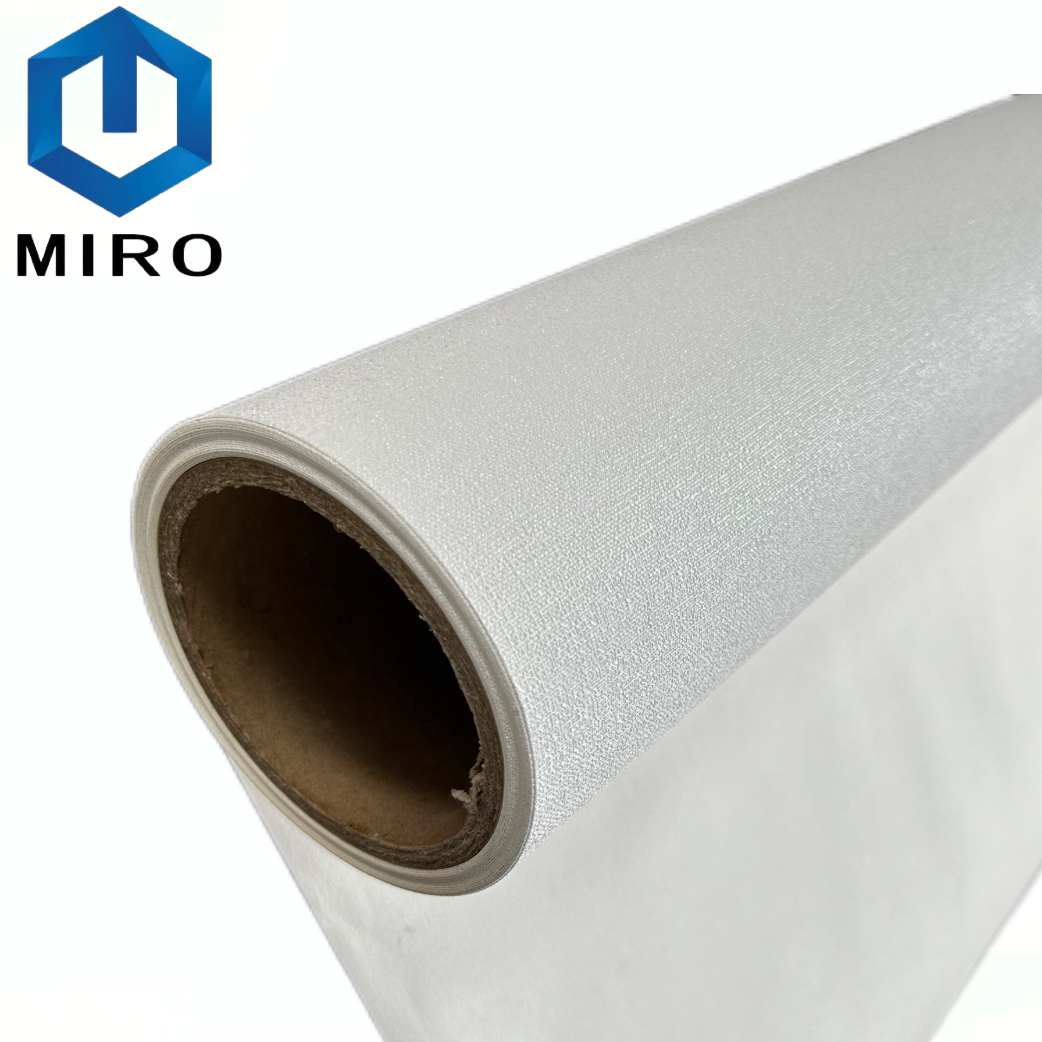In modern interior design, wall decoration is no longer limited to traditional paint or ordinary wallpaper. With the advancement of digital printing technology, printable wallpaper wallcoverings have become a new favorite among designers and consumers. These materials not only meet the needs of personalization, but are also environmentally friendly and durable. They are increasingly used in commercial spaces, homes, and public places. So, what are the unique advantages of printable wallpaper wallcoverings that have made them a focus of market attention?

Core Characteristics of Printable Wallpaper Materials
The popularity of printable wallpaper materials lies at the heart of their unique material properties. Unlike traditional wallpaper, these materials typically use polymers, non-woven fabrics, or environmentally friendly paper-based materials, offering excellent printing adaptability. Whether using solvent-based, UV-cured, or water-based inks, these materials deliver highly realistic colors and intricate pattern details. Furthermore, the surface treatment of the material determines the wallpaper's wear resistance, water resistance, and UV resistance, ensuring that printable wallpaper retains its vibrant colors and resists fading over time.
When selecting printable wallpaper wallcoverings, material thickness and texture are key factors. High-quality materials remain flat during installation, resist bubbling or cracking, and provide a pleasant tactile experience. Designers can choose from glossy, matte, or silky finishes to create a diverse atmosphere for each space.
Printable Wallpaper in Interior Design
With the growing demand for personalized customization, printable wallpaper has shown great potential in interior design. Commercial spaces such as hotels, restaurants, and offices use printable wallpaper to create unique brand images and artistic spaces, visually attracting customers and enhancing the space's recognition. In home decoration, printable wallpaper wallcoverings offer more creative possibilities, allowing homeowners to freely choose their preferred patterns and colors, achieving personalized and unique wall decoration.
The use of printable wallpaper in public spaces is also increasing. Museums, exhibition halls, and retail spaces use high-resolution printing to display artwork or promotional content directly on the walls, integrating information communication with spatial aesthetics. Compared to traditional wall coverings, printable wallpaper is easier to install and replace, helping to improve the efficiency and flexibility of space renovations.
The Environmental Advantages of Printable Wallpaper
Modern consumers' increased focus on environmental protection and health has also driven the development of printable wallpaper materials. High-quality printable wallpaper wallcoverings often use environmentally friendly raw materials that meet international environmental standards, emit low VOCs, and have no significant impact on indoor air quality. Furthermore, these materials are often recyclable or biodegradable, reducing the environmental impact. Compared to traditional paint or ordinary wallpaper, eco-friendly printable wallpaper is not only beautiful and practical, but also aligns with sustainable design concepts.

Printable Wallpaper Printing Technology
The performance of printable wallpaper materials is closely related to the printing technology used. Modern digital inkjet printing, solvent printing, and UV flatbed printing technologies enable designers to achieve high-precision, full-color patterns on the material. These technologies not only enhance the visual appeal of wallpaper but also expand the material's applicability. For example, certain specialized materials can support high-gloss, matte, and even metallic finishes, creating more creative possibilities for interior design. Advances in printing technology have made printable wallpaper highly competitive in both the commercial and residential markets.
Printable Wallpaper Wallcoverings Materials not only revolutionize wall decoration but also exemplify the fusion of design and technology. Through high-performance materials and advanced printing technology, walls are no longer a monotonous backdrop, but instead a canvas for individuality and aesthetic expression. In the future, with expanding market demand and continued technological innovation, printable wallpaper materials will play an even more important role in the global interior decoration industry.

 中文简体
中文简体 English
English русский
русский Español
Español عربى
عربى











